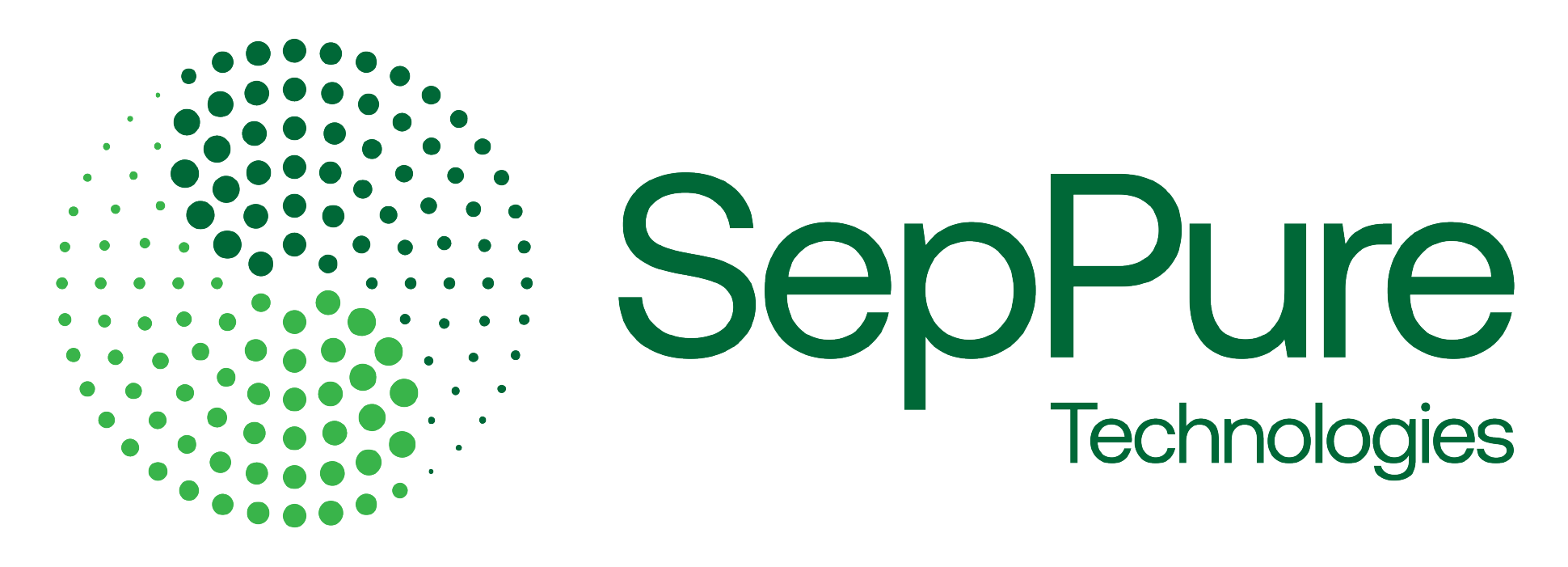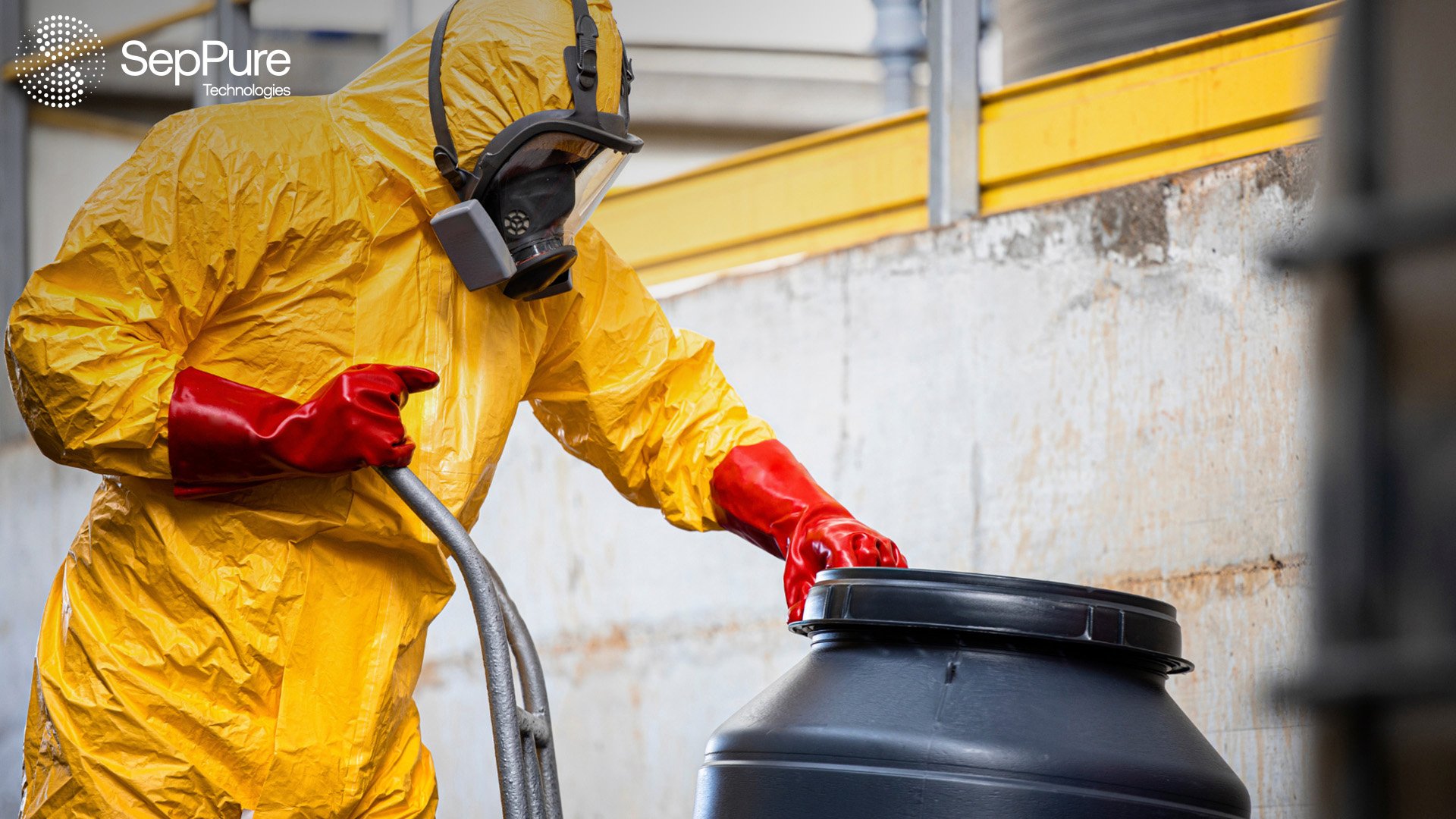Understanding Small Molecule API Purification in the Pharmaceutical Industry
In the pharmaceutical industry, precision and quality are of utmost importance, directly impacting the efficacy and safety of medications. Every drug, from a simple painkiller to a complex biologic, relies on the purity and potency of its active pharmaceutical ingredients (APIs). Therefore, API purification emerges as a critical step in the drug development and manufacturing process, ensuring optimal concentration and compliance with stringent regulatory standards.
Understanding the API Production Process
The production of APIs encompasses three main stages: synthesis, purification, and formulation.
First, the API is synthesized, a process that involves chemical reactions to create the active compound. This stage can include multiple steps, such as combining raw materials, using catalysts, and controlling reaction conditions to produce the desired molecule. Synthesis can also be carried out in various mediums, involving different solvents, depending on the specific chemical reactions required.
After synthesis, the API product often contains impurities, including by-products or the remnants of starting materials and solvents. The API purification phase is essential to remove these impurities and ensure the product meets the required quality standards. Commonly used purification techniques include crystallization, distillation, and chromatography. The purified API also undergoes drying and milling to obtain the desired particle size and consistency.
The resulting API is then ready for formulation into the final pharmaceutical product, ensuring that it meets all regulatory standards for safety and efficacy.
Common Challenges in API Purification
With the complexity of the purification process as well as the stringent quality control, the pharmaceutical industry faces several challenges.
1. Limitations in Solvent Exchange
As the API progresses from synthesis to purification, solvent exchange is often necessary to replace reaction solvents with those suitable for crystallization or concentrate solutions. While distillation is a standard method for solvent exchange, it can lead to the thermal degradation of the API or loss of the active ingredient due to high temperatures and prolonged exposure.
OSN membrane technology offers a valuable alternative here, providing a milder and more controlled separation process. This pharmaceutical filtration equipment allows manufacturers to avoid the high temperatures associated with distillation, ensuring that the API remains stable throughout the solvent exchange process.
2. Purification Selectivity and Yield
During the purification process, the desired API is isolated from a complex mixture while ensuring that no valuable components are lost. This, however, becomes particularly challenging when dealing with chemically complex APIs or when the impurities have similar properties to the target API.
OSN membranes, however, enable precise small molecule purification based on their size, shape, and charge. By filtering the solvent-API mixture through OSN membranes at the initial stage of downstream purification, contaminants like genotoxic impurities (GTIs) can be efficiently removed. This ensures a higher API concentration before other purification steps, ultimately leading to improved yield and enhanced purity.
3. Solvent Waste
The API purification process requires large volumes of solvents, such as methanol, ethanol, and isopropanol. This results in substantial waste that requires transportation to specialized treatment facilities, incurring further costs. Furthermore, some solvents, particularly those used in peptide synthesis, can be hazardous. Thus, improper disposal of these materials will not only degrade the environment but also pose a health risk.
Fortunately, distillation and organic solvent nanofiltration can significantly reduce waste by enabling solvent and catalyst recovery. This greatly reduces the amount of waste produced by the pharmaceutical industry and establishes a circular economy that drives sustainability.
4. Energy Consumption
However, it is important to note that distillation requires large quantities of heat and, by extension, vast amounts of energy. This energy-intensive process increases operational costs and contributes to higher carbon emissions, making it less environmentally friendly.
In contrast, OSN membranes are pressure-driven, allowing for effective separation of solvents and impurities without requiring extensive heating. Importantly, studies conducted by SepPure Technologies have demonstrated that solvent recovery using a hybrid OSN system achieves the same level of solvent purity while consuming only 10% of the energy compared to traditional distillation methods.
With GreenMem®, our innovative OSN membrane technology, we offer precise filtration and separation for various industries. By incorporating GreenMem® into small molecule API purification processes, we empower high-quality, industry-standard pharmaceutical products at a fraction of the cost and energy.
Get in touch with us and let GreemMem® transform your operations today.



